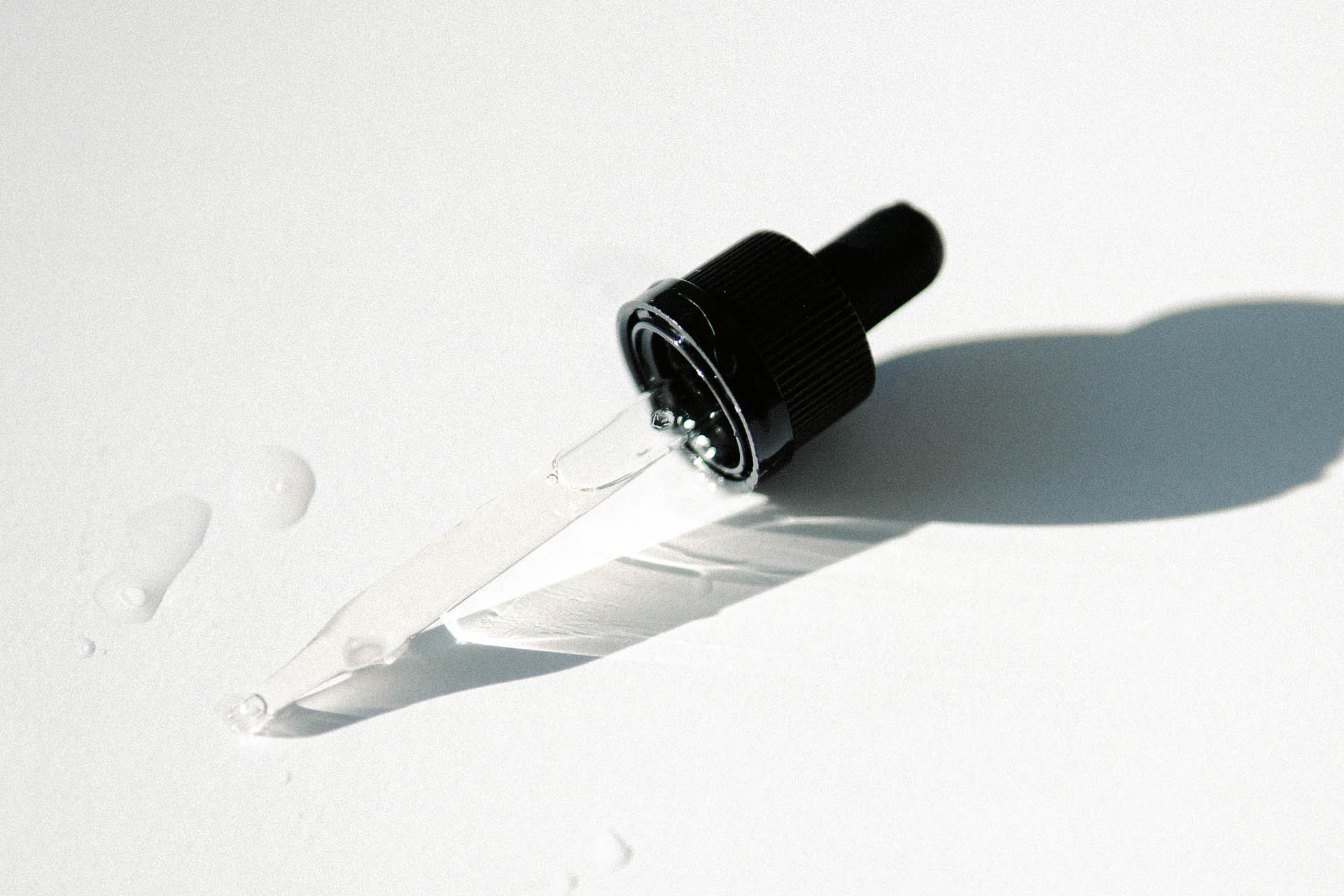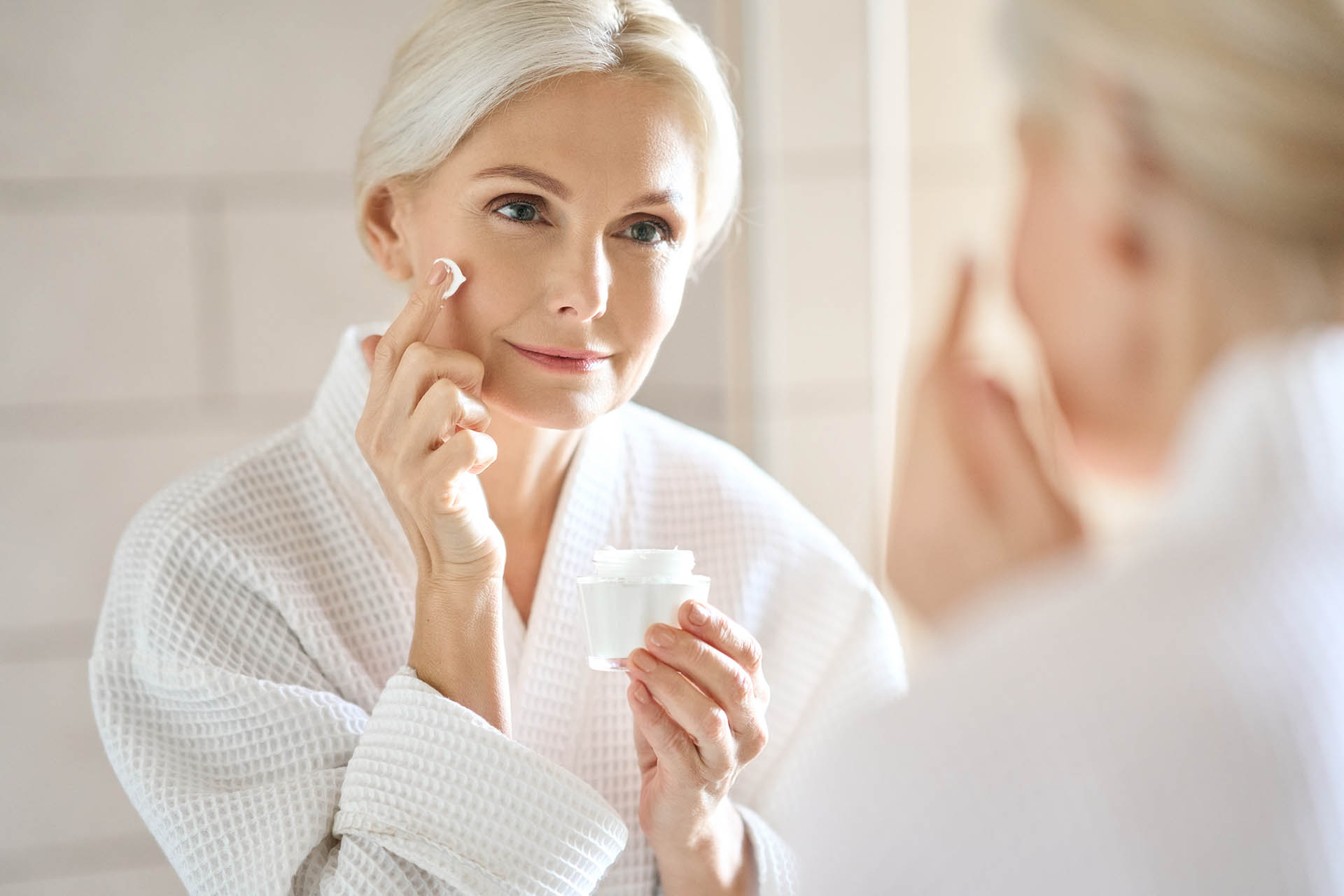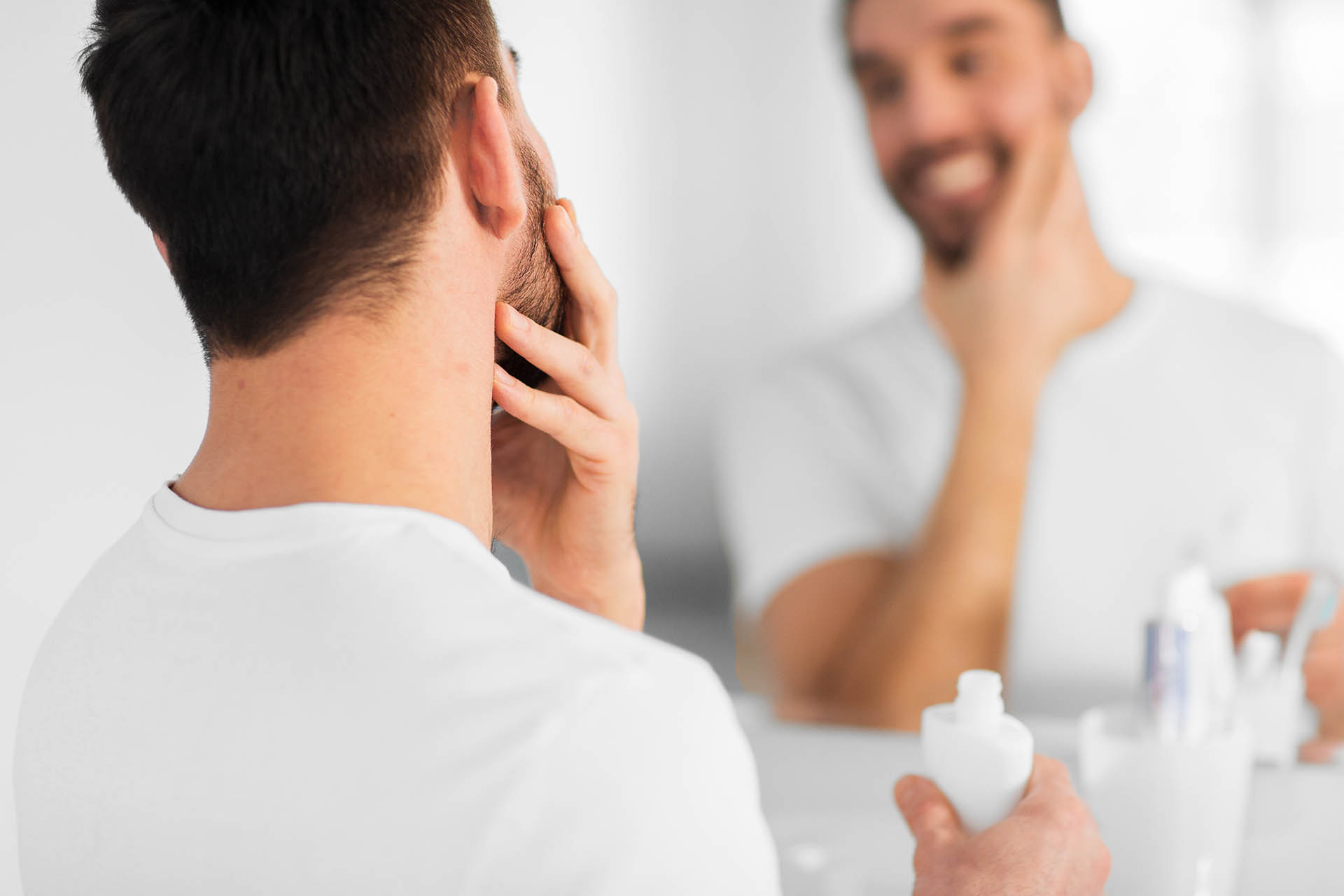Retinoids are the best known group of anti-ageing ingredients out there, and with good reason – there’s loads of evidence to support how effective they are. Anti-ageing is only one of the host of benefits they offer, as they’re helpful for pigmentation, acne and more. Working out which one to choose and how to use it can feel a bit complicated, so here’s an overview.
All about retinoids
What’s the difference between the terms retinoid and retinol?
Is 1% retinol the same as 1% of a different type of retinoid?
Which retinoids are the most and least irritating?
How should I get started with using a retinoid?
How do I choose which retinoid to use, and what strength?
What are retinoids?
Retinoids are a group of natural and synthetic derivatives of vitamin A. They include retinol, retinoic acid (tretinoin), adapalene, tazarotene, retinyl acetate, retinyl palmitate and retinaldehyde. Retinoic acid is the only active form of vitamin A. All other forms must be converted to retinoic acid in the skin, via a 1, 2, or 3 step process.
Retinol esters -> Retinol -> Retinaldehyde -> Retinoic acid
Retinol esters (such as retinol acetate, retinyl propionate and retinyl palmitate) are the mildest and least irritating of all of the retinoids, but are the least effective.
Retinol is about 10 to 20 times less potent than retinoic acid, and it’s less irritating than retinoic acid.
Retinaldehyde is a direct precursor to retinoic acid. It’s the next most potent retinoid after retinoic acid, but also the next most irritating.
Retinoic acid (tretinoin) is the most active but most irritating retinoid.
Adapalene has been most studied for treating acne, but some evidence suggests it’s useful for photoaging and skin brightening as well. It’s more effective and less irritating than tretinoin for treating acne, and is more stable.
Tazarotene is primarily used for treating acne and psoriasis, although there is some evidence that it’s helpful for photodamaged skin. It can be very irritating.
Retinyl retinoate is a new, synthetic retinoid which is reported to be more effective than retinol in treating wrinkles, and also effective in treating acne, with less irritation than retinol. However, the research to date is limited.
Hydroxypinacolone retinoate is another new, synthetic retinoid, reported to be more stable and less irritating than retinol. Again, the research to date is limited.
What’s the difference between the terms retinoid and retinol?
Retinoid is a broad, umbrella term referring to the whole group of vitamin A derivatives, which includes retinol. Retinol is just one of these derivatives. So, when generally speaking about vitamin A derivatives as a type of ingredient, retinoid is the correct term.
What do retinoids do?
Retinoids stimulate collagen production and reduce collagen breakdown, increase cell turnover, reduce inflammation, reduce pigment production and reduce oil production. They also reduce transepidermal water loss and may reduce pore size.
Why should I use a retinoid?
Retinoids are used to help reverse the signs of sun damage and skin ageing, to improve the appearance of fine lines and wrinkles, to treat acne and large pores, to reduce oil production, to brighten the skin and fade hyperpigmentation, including melasma and post-inflammatory hyperpigmentation. They can also be helpful for keratosis pilaris and psoriasis.
Is 1% retinol the same as 1% of a different type of retinoid?
No, concentrations of retinoids are not interchangeable. Tretinoin is approximately 10 to 20 times more potent than an equivalent concentration of retinol. So, 1% retinol = 0.05 – 0.1% tretinoin. Retinyl acetate and retinyl palmitate are less potent again.
Which retinoids are the most and least irritating?
Tretinoin and tazarotene are the most irritating retinoids. Retinol esters are the least irritating, then retinol, then retinaldehyde.
How to get started with using a retinoid:
How do I choose which retinoid to use, and what strength?
In general, if you haven’t used retinoids before, it may be best to start with an over-the-counter product containing retinol, at a low concentration such as 0.1 – 0.5%. Once you’re tolerating this, you could move to a higher concentration of retinol for example 1%, and then to a prescription retinoid such as tretinoin if required.
Higher concentrations don’t necessarily mean more benefits, and will cause more irritation. One study compared 0.025% and 0.1% tretinoin creams, and found they resulted in the same anti-aging benefits, but users experienced much more irritation with the 0.1% concentration. In Australia, tretinoin and adapalene are only available on prescription.
How and how often to apply your retinoid
The key with using retinoids is to start slowly. Always apply retinoids at night, as they can cause sun sensitivity. Use a small amount just once or twice a week, and over a period of weeks, increase how often you’re using it.
- Cleanse skin, and wait for it to dry completely. If you apply retinoids to damp skin, absorption will be increased, which may increase irritation.
- Apply a pea-sized amount of your retinoid to your skin.
- Follow with moisturiser. Some recommend waiting 20 to 30 minutes before applying moisturiser, but there’s no good evidence to back this up.
- Avoid using products that are potentially irritating at the same time, such as alpha and beta hydroxy acids.
- Always apply sunscreen in the morning, as retinoids can make your skin more sun sensitive.
What to do if your skin is getting irritated
- Stop using your retinoid! For now. Stick to a gentle cleanser and moisturiser to allow your skin to recover.
- Check that you’re using an appropriate concentration, and aren’t using other active ingredients that may be irritating at the same time, such as alpha or beta hydroxy acids.
- Consider using a niacinamide-containing product for two weeks before you resume your retinoid. Studies have shown that using niacinamide can help improve how well the skin tolerates retinoids, and may improve their efficacy.
- Once your skin has recovered, re-introduce your retinoid. Use a small amount at night, and follow with moisturiser. Start off just once per week, and slowly increase how often you use it (for example, by one night per fortnight).
- Consider a ‘retinoid sandwich’. This involves applying moisturiser first, then your retinoid, then another layer of moisturiser.
- Alternatively, mix your retinoid with moisturiser before applying, and slowly increase the proportion of retinoid over time.
What are the potential drawbacks of using a retinoid?
Retinoids may cause irritation and sun sensitivity, especially tretinoin and tazarotene. They aren’t safe to be used in pregnancy or breastfeeding. Benzoyl peroxide inactivates tretinoin, so the two shouldn’t be used together.





